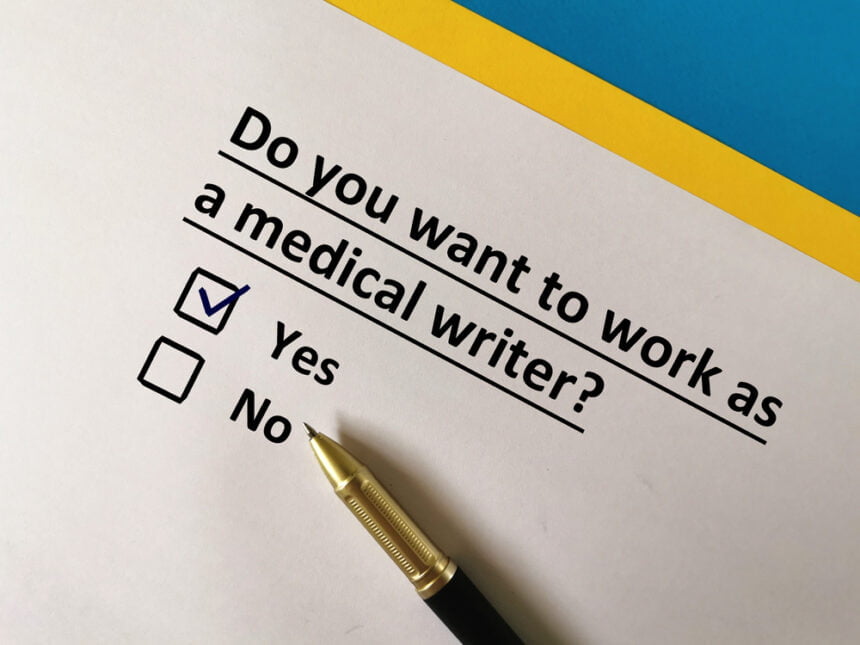In the healthcare sector, the potency of words often goes unnoticed. Beyond the confines of prescriptions and diagnoses, medical writing emerges as a vital conduit for communication, education, and healing. This multifaceted discipline encompasses various applications, from clinical research documents to patient education materials, each serving a unique purpose in enhancing patient care and advancing medical knowledge.
Read on to learn about the power of medical writing in healthcare.
The Essence of Medical Writing
Medical writing is the backbone of healthcare communication, bridging the gap between complex medical information and its various audiences. Whether conveying research findings to the scientific community or explaining treatment options to patients, medical writers translate technical jargon into accessible language. This translation involves deeply understanding the subject matter and the audience’s needs. The American Medical Writer’s Association talks about it in this post.
Moreover, one critical aspect of medical writing is its role in regulatory submissions, an area where precision and clarity are paramount. For those embarking on this journey, seeking expert advice is crucial, as evident from the insights on NDA and BLA submissions provided by industry professionals. This guidance can be invaluable for navigating the complexities of regulatory documentation and ensuring that submissions meet the stringent requirements set by authorities.
Regulatory Writing: A Pillar of Medical Innovation
Regulatory writing is indispensable from laboratory discoveries to the patient’s bedside. It involves creating documents essential for approving drugs, devices, and biologics, focusing on New Drug Applications (NDAs) and Biologics License Applications (BLAs). These documents encapsulate years of research, presenting data demonstrating new medical innovations’ safety and efficacy.
The role of a regulatory medical writer is to articulate this data within the framework of regulatory guidelines, making a compelling case to regulatory bodies like the FDA. The accuracy and clarity of these documents can significantly influence the speed and success of the approval process, making regulatory writers crucial players in bringing new treatments to market.
Educational Writing: Empowering Patients and Professionals
Educational medical writing plays a vital role in demystifying complex medical jargon, making it accessible to patients and healthcare professionals alike. For patients, clear and concise educational materials can be a beacon of understanding in a sea of medical complexity, enabling them to make informed decisions regarding their health. These materials range from brochures on disease management to detailed guides on medication usage.
Educational writing supports ongoing learning for healthcare professionals, providing updates on the latest medical advancements and therapeutic techniques. This continual education is crucial for maintaining the highest standards of patient care and adapting to the ever-evolving landscape of medicine.
Ethical Considerations in Medical Writing
The ethical integrity of medical writing is foundational to its value in healthcare. Medical writers are responsible for ensuring that the information they convey is accurate and presented transparently and responsibly. This ethical stance safeguards against disseminating misleading or biased information, which could harm patient care and public health.
Ethical medical writing respects confidentiality, consent, and the rights of patients and research participants. Upholding these ethical standards reinforces the trust between medical professionals and the public, ensuring that the information provided supports the best possible health outcomes.
The Therapeutic Role of Writing in Patient Care
Writing transcends its communicative function to serve as a therapeutic tool in patient care, primarily through expressive writing exercises. These practices involve patients writing about their experiences, thoughts, and feelings about their health conditions. It has been demonstrated that such writing can significantly improve both mental and physical health, aiding in stress reduction, emotional processing, and even enhancing immune function.
This therapeutic aspect of writing emphasizes the power of narrative and self-expression in the healing process, providing patients with a means to navigate and make sense of their health journeys. It underscores the importance of integrating holistic approaches in patient care that address health’s physical and psychological aspects.
Challenges and Future Directions
Medical writing, while pivotal in healthcare, confronts various challenges that test its adaptability and scope. Keeping pace with the swift progress in medical science demands continuous learning and flexibility from medical writers, ensuring that the information they provide remains current and reliable. The global healthcare landscape further complicates matters by introducing cultural and linguistic barriers that must be navigated with sensitivity and understanding.
The future, however, holds promising avenues for overcoming these hurdles. The advent of digital technologies and interactive platforms offers novel ways to present medical information, making it more accessible and engaging. These innovations can enhance the effectiveness of medical writing and transform how healthcare knowledge is shared and consumed across diverse populations.
Conclusion
Medical writing in healthcare is a discipline of immense importance and vast potential. Through the precise and empathetic translation of medical information, medical writers play a crucial role in the continuum of care, from drug development to patient education. As the field continues to evolve, the power of well-crafted words to inform, persuade, and heal remains undiminished, underscoring the timeless connection between language and well-being.

